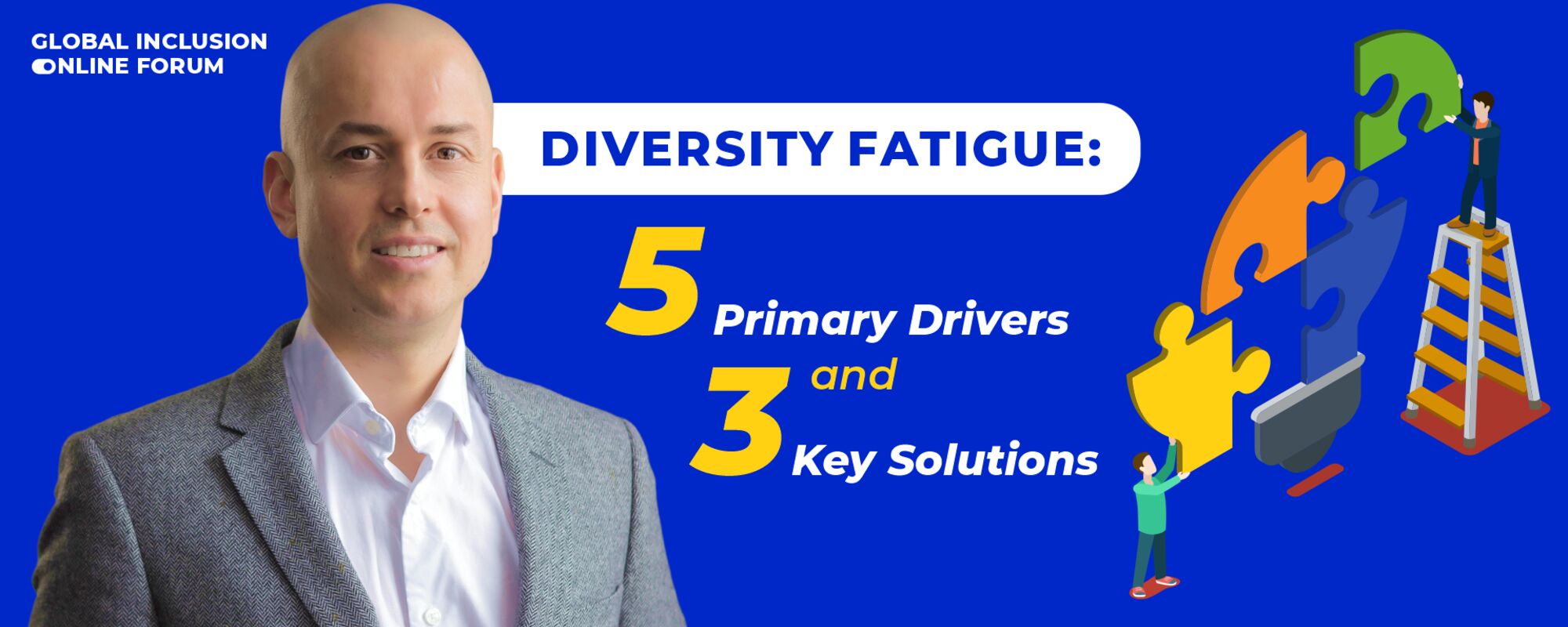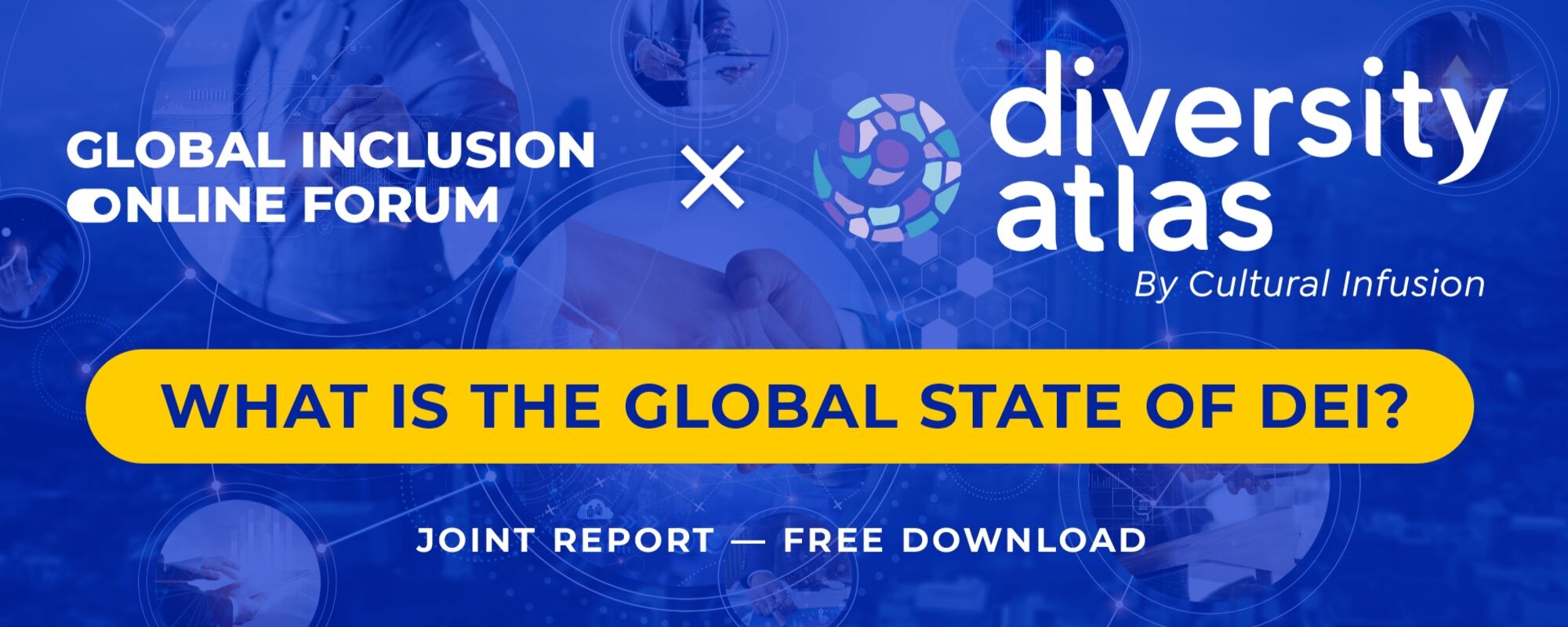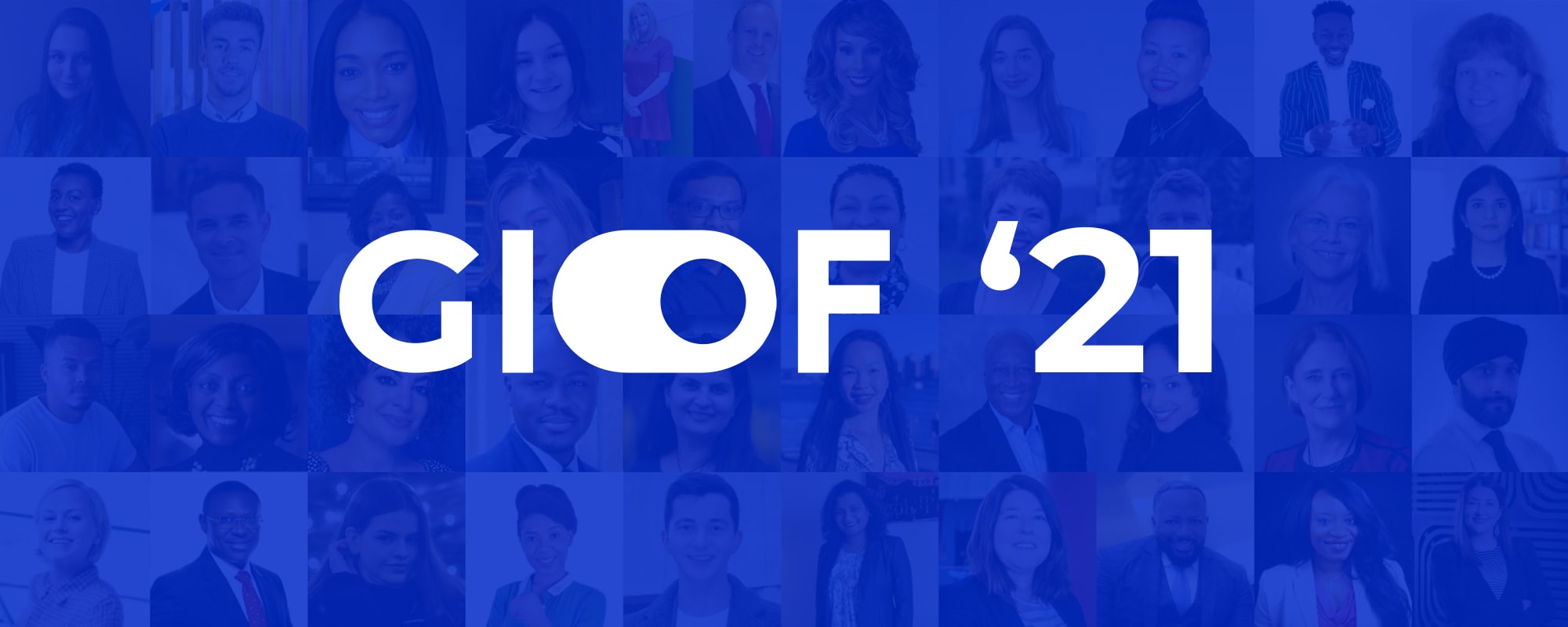Diversity Fatigue: 5 Primary Drivers and 3 Key Solutions

Introduction
In recent years, businesses worldwide have increasingly emphasized effective DEI; however, in many cases meaningful execution has begun to wane. Although there is an undeniable increase in DEI efforts in numerous workplaces, some fail to see those efforts come to fruition. The signs indicating diversity fatigue are becoming more obvious in the workplace today.
For instance, Twitter’s DEI team has been downsized to just two people from 30; Netflix laid off 150 workers and let go dozens of contractors (many of who are people of color and members of underrepresented groups); and an executive at Wells Fargo has been fired for complaining about holding sham interviews for diverse applicants. Wells Fargo also had many other scandals, including rejecting black mortgage applicants at a higher rate than any other bank.
Some of the most common signs of diversity fatigue are companies’ reducing their DEI staff, cutting budgets on diversity programs and media, and, most importantly, senior leaders’ denying involvement in corporate DEI programs.
In the most recent poll, diversity fatigue was voted by the Global Inclusion Online Forum’s community of 15+ thousand members around the globe as the most anticipated topic. That’s why our next event, the Diversity Fatigue Summit on May 18, will cover just that.
HR and DEI professionals often point to the lack of support they receive from senior leadership within their organizations. If we look deeper into the root causes of diversity fatigue today, here is what we will find.
Diversity Quotas Are Irritating the Majority and Humiliating Minorities
Since 2020, corporate employees have complained about diversity mandates for hiring and promotion on Quora and Glassdoor. Because corporate assessors know every candidate's identity, it is impossible to show quota-promoting practices in court, even though they are prohibited. This means that assessment processes incorporate their biases.
Quotas hurt organizational inclusivity; this is an undeniable truth. In situations where the quota is maximized, slightly underqualified minority applicants can join the workforce because of their color, gender, or age. This has been one of the major factors causing DEI fatigue.
Selective Approach: Prioritized Gender and Race
Another reason DEI fatigue is growing is selective approach. Most diversity advocates who support equal representation place the greatest emphasis on racial and gender equality. These advocates want to see more diversity in C-level management, corporate boards, and high-paying roles like software engineers and developers; however, they have the propensity to ignore imbalances in other areas.
For instance, we have not observed any diversity advocates calling for a greater presence of men in the field of human resources, where women make up 71% of the workforce according to Namely's HR Careers ReportOpen. Likewise, they do not support, for example, male models receiving pay equal to their female counterparts.
Biased Hiring Process
Most businesses place the utmost emphasis on senior management and the board when it comes to hiring for diversity. White men have historically held most of these posts, with women and BIPOC constituting a tiny minority. As a result, when businesses look for applicants for these roles, they typically must choose between one diverse candidate and multiple non-diverse candidates. To avoid biases affecting the assessors, hiring could be done with a fully blind process.
Although many companies have implemented blind hiring, none has made the hiring funnel blind up until the final decision on a candidate is made. Some HR and DEI professionals still believe that blind hiring has benefits but requires a final in-person interview. Reasons include "testing the culture fit" and "getting to know the prospects" before hiring. Notably, in most companies the hiring process is not formalized enough to prevent personal biases from an especially influential person affecting the process.
Biased Promotion Process
Although multiple HR tools make collective decisions in a quick, formalized, and bias-free manner, the promotion process remains a primary area where DEI fatigue is rapidly growing. This is because promotion decisions are still made by direct supervisors, in coordination with HR departments, and are then approved by senior management. This situation is more complicated and less biased in larger corporations where promotion committees review applications and collectively decide who should be promoted.
Still, even in the corporate giants such as Google, Amazon, and Apple, supervisors can help convince promotion committees of a candidate’s leadership potential by attending the committee’s meetings and advocating in person. But this system is not effective enough because a poor working relationship between employee and supervisor will unfairly limit promotion prospects.
Untransparent Pay System
Another reason why diversity fatigue is increasing is the untransparent pay system. Today, working women in the United States earn just $0.86 for every $1 a man earns, according to new findings from the American Association of University Women. Most firms and most employers today pay employees for their assumptions and expectations for what a person should be doing, not what that individual is actually doing. In an ideal world, your salary would be directly correlated to your results. But in the real world, it is not that simple.
Moreover, traditional performance appraisal systems in corporations often reflect the boss's subjective opinion of an employee's performance. Most employees receive a monthly salary and an annual bonus determined by their boss or a few senior managers without transparency or a formula. Most major corporations, including Google, Apple, Amazon, the Big 4 consultancies, and others, operate that way. For this reason, employees view their one-time bonus as a corporate Christmas gift rather than fair compensation for their performance.
Though diversity fatigue seems to be a very complex issue, tackling its main drivers may allow companies to end these conversations almost entirely.
Blind Hiring and Promotion Technology
Fully blind hiring and promotion technology can help with hiring and promotion decisions before a candidate’s identity is revealed. Because of technological developments, blind hiring and promotion can now be done in a way that is both simple and inexpensive. Such development is the best way to end any trace of bias in the workplace.
If this technology is carefully observed in all corporations, there will be a drastic fall in DEI fatigue. This method eliminates every potentiality for both conscious and unconscious bias. It is also capable of helping businesses win the greatest talent on the market, regardless of quotas or candidates’ demographic background.
Abandonment of Quotas: Make Inclusion Metrics the Main Indicator
The desire to have a numerical requirement for hiring, promoting, admitting, and/or graduating members of a particular racial group should be eliminated in place of quality inclusion metrics. Strict quotas sometimes favor certain racial group over others, which can limit the employment and promotion of qualified diverse candidates.
Pay-for-Performance Systems: Linking Pay to Performance Indicators
Pay-for-performance models, as opposed to fixed salaries and transparent promotion policies, will eliminate DEI fatigue across various demographic groups, positions, and industries. This kind of salary system will not just improve DEI in a firm but will also increase productivity of employees.
Pay-for-performance systems are much more complex and in some cases require significant efforts from HR departments and senior leaders to implement. Also, no ideal pay-for-performance indicators can be created in the first edition. However, with focus and dedication, businesses applying such models can take their employee’s motivation to a whole new level, giving the best performers a chance to earn more than their average workers without having to negotiate their pay every month.
In recent months we have seen increasing complaints about diversity fatigue from HR, DEI managers and other corporate employees. That is why we at Global Inclusion Online Forum decided to create an event dedicated to this growing issue. We bring the best practitioners including consultants, global DEI heads, and diversity managers who will share their experiences and solutions to help other companies deal with this new global challenge.
If you want to learn more, visit our Diversity Fatigue Summit page: https://inclusionforum.global/~diversity~fatigue~summit/
Article by Kostiantyn Gridin,
Global Inclusion Online Forum Big Ideas Officer
 Blind Hiring Summit: Embracing the New Age of HR
Blind Hiring Summit: Embracing the New Age of HR DEI Data Summit
DEI Data Summit Diversity Fatigue Summit
Diversity Fatigue Summit GIOF 2022 Annual Meeting
GIOF 2022 Annual Meeting Banking for everyone: Arising accessibility trends in banking and financial services
Banking for everyone: Arising accessibility trends in banking and financial services GIOF 2021
GIOF 2021 GIOF 2020
GIOF 2020